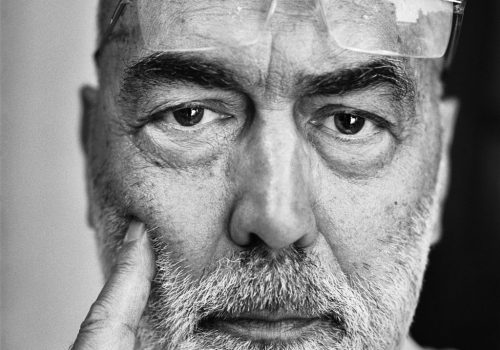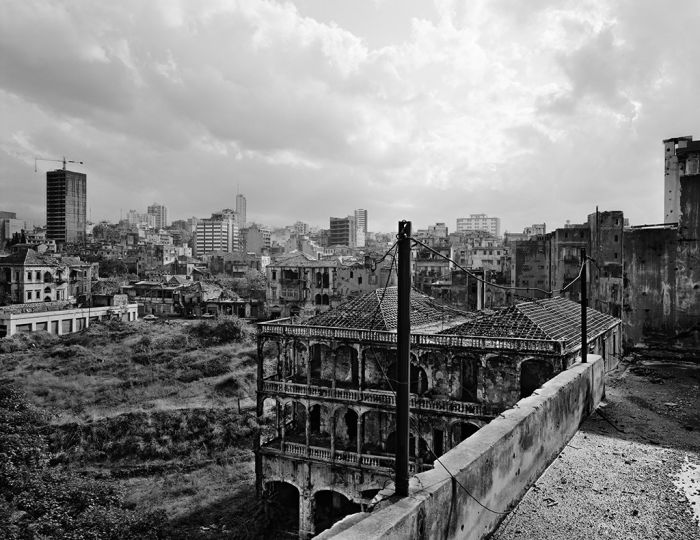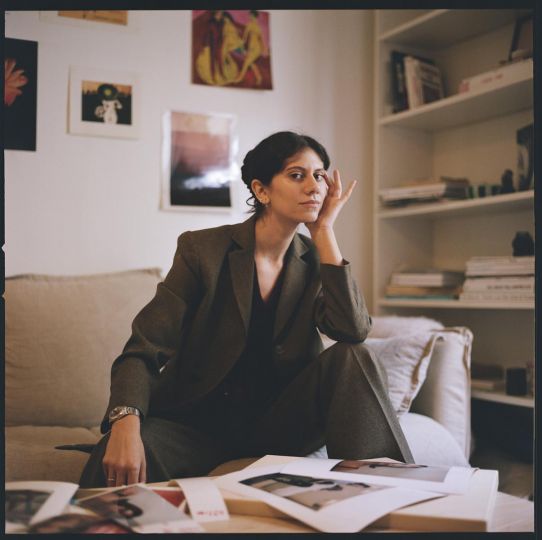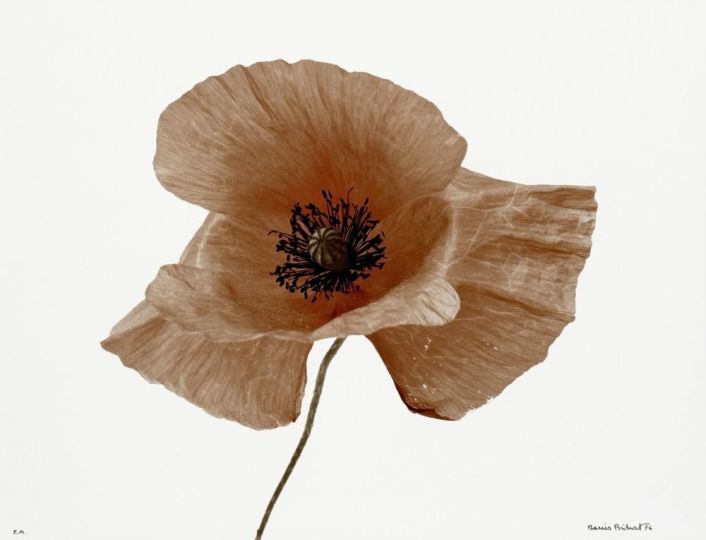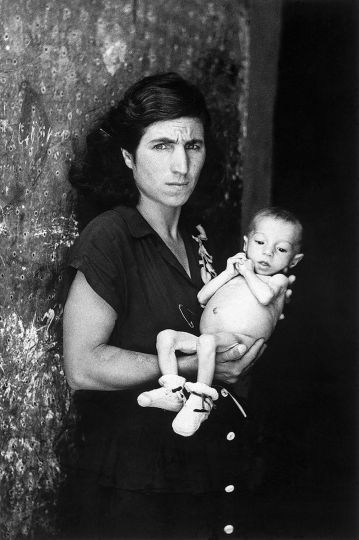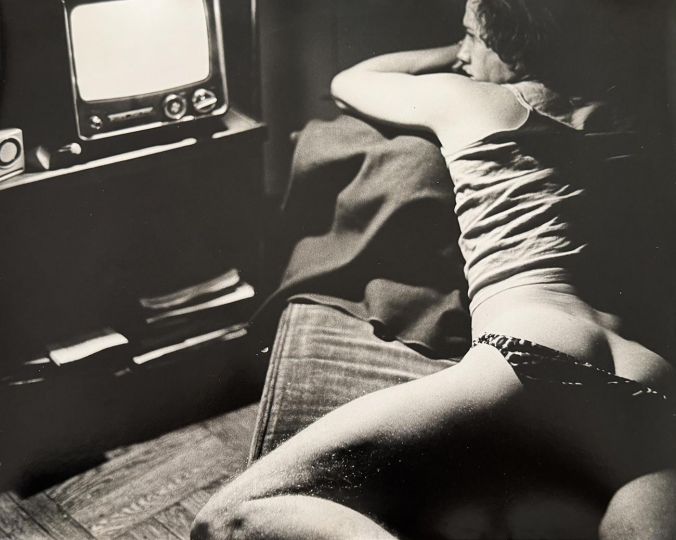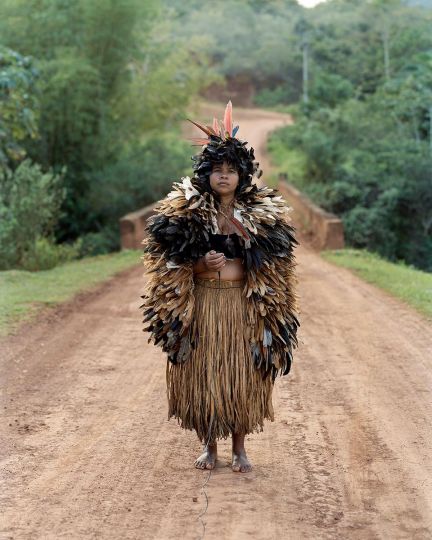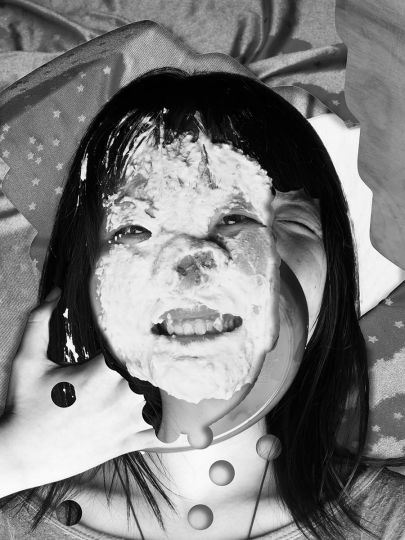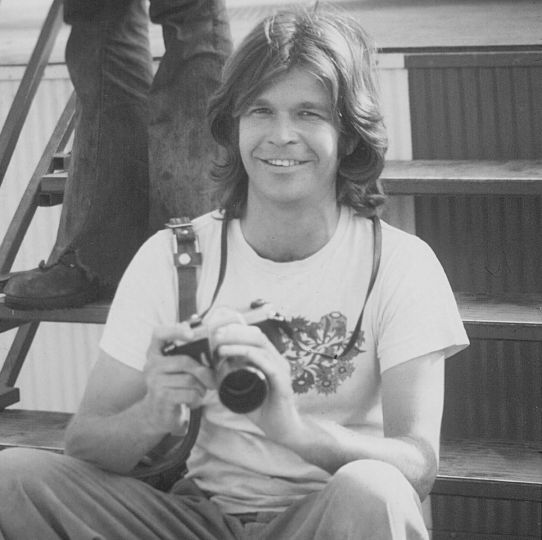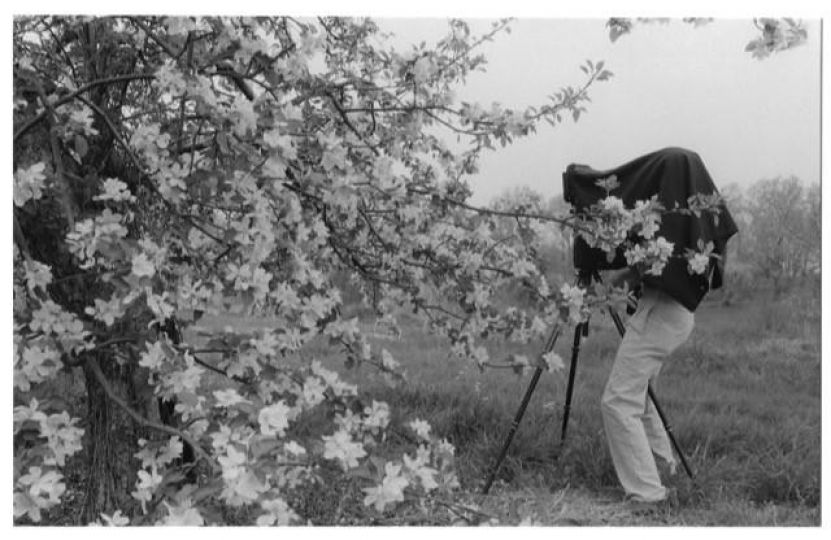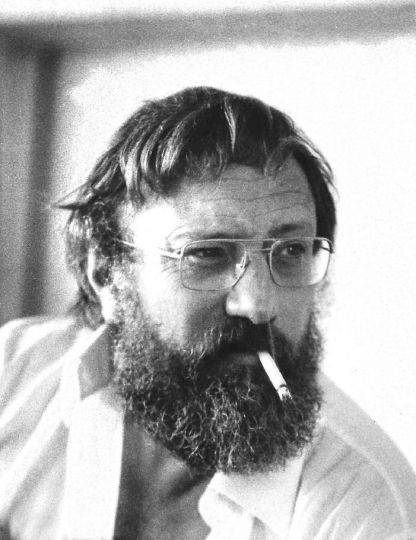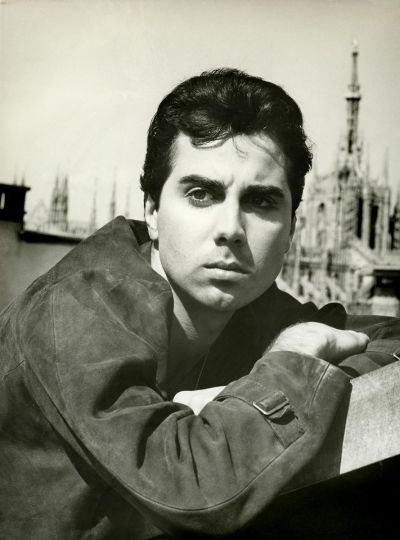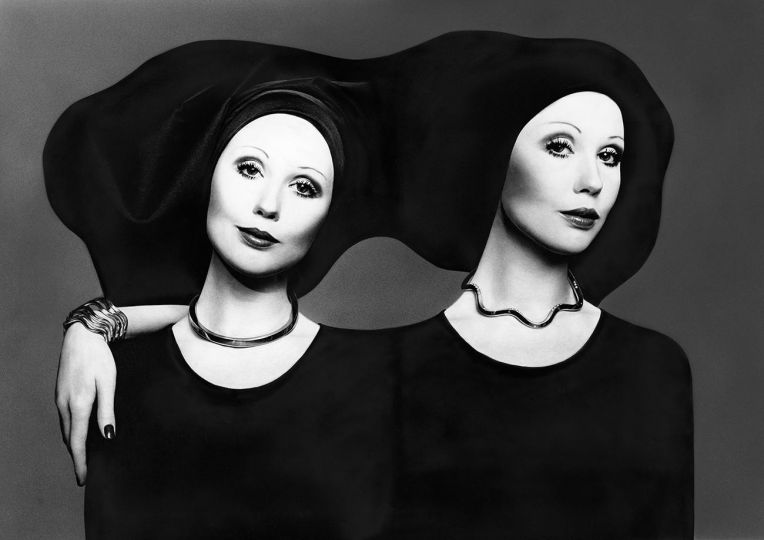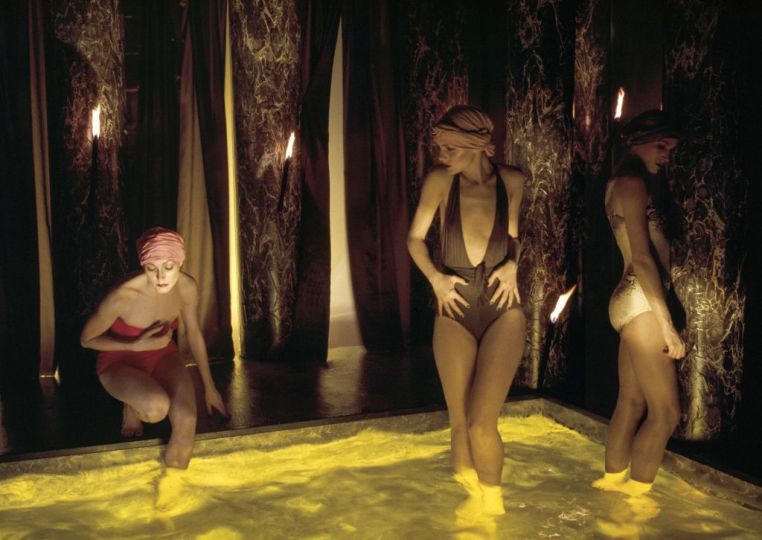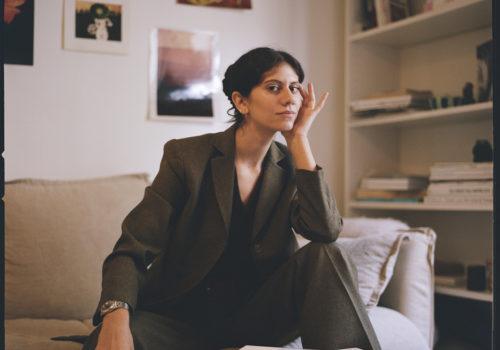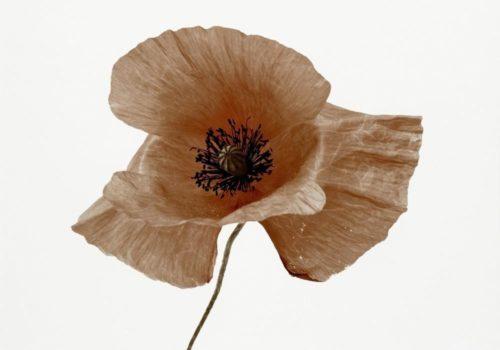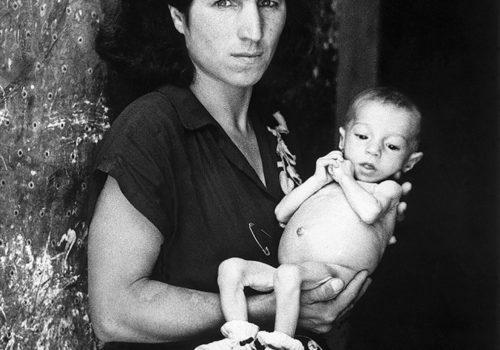I first saw his photographs in the early 1980s, but I didn’t meet him until later. It was in Paris, behind the Centre Pompidou, in the gallery above Viviane Esders, which had also exhibited, among others, Luigi Ghirri. I realized what made these medium-format, black-and-white images so astonishing in their approach to the city and architecture: they seemed to reject any sense of formalism, and they were able to integrate the power lines that most other photographers do everything they can to avoid. A few months later, in Arles, I was introduced to a tall man with a short beard. He was strong, imposing and very courteous. He thanked me for the article I had written about him in Libération and said to me, “How did you manage to write that without asking me any questions?” I burst out laughing, and it’s that memory, and the laughs I shared with Gabriele, in Paris, Bilbao, Arles, Rome and Madrid that I hope to keep. That day in Arles, he was with his companion, Giovanna Calvenzi, and his friend Luigi Ghirri, and a lifelong friendship was born.
This article is reserved for subscribed members only. If you are already a member, you can log in here below.
Subscribe for full access to The Eye of Photography archives!
That’s thousands of images and articles, documenting the history of the medium of photography and its evolution during the last decade, through a unique daily journal. Explore how photography, as an art and as a social phenomenon, continue to define our experience of the world. Two offers are available.
Subscribe either monthly for 8 euros (€) or annually for 79 euros (€) (2 months offered).

